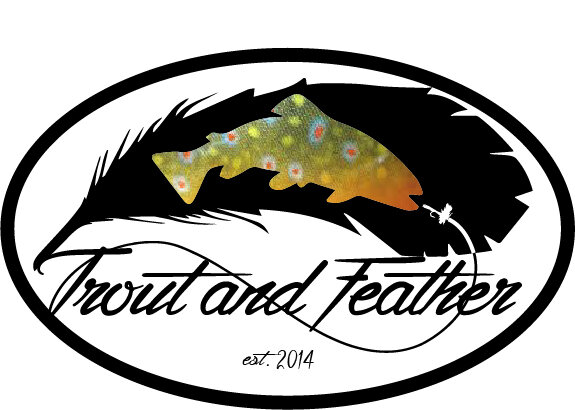“On my return I found the party at camp; they had butchered the buffalo and brought in some more meat as I had directed. Goodrich had caught half a dozen very fine trout and a number of both species of the white fish. These trout are from sixteen to twenty three inches in length, precisely resemble our mountain or speckled trout in form and the position of their fins, but the specks on these are of a deep black instead of the red or gold color of those common to the U.' States. These are furnished long sharp teeth on the pallet and tongue and have generally a small dash of red on each side behind the front ventral fins; the flesh is of a pale yellowish red, or when in good order, of a rose red.” Meriwether Lewis, 13 June, 1805
While other explorers and generations of native peoples had encountered cutthroat trout, Lewis and Clark’s notes from their expedition were profound enough that later taxonomists would give them the name Salmo clarkii. In the excerpt from their journals above, pertinent to anglers is Lewis’ contrast of these new trout to “those common to the U.’ States.” Even a cursory observation demonstrated that cutthroats differed from the well-known brook trout.
Read more